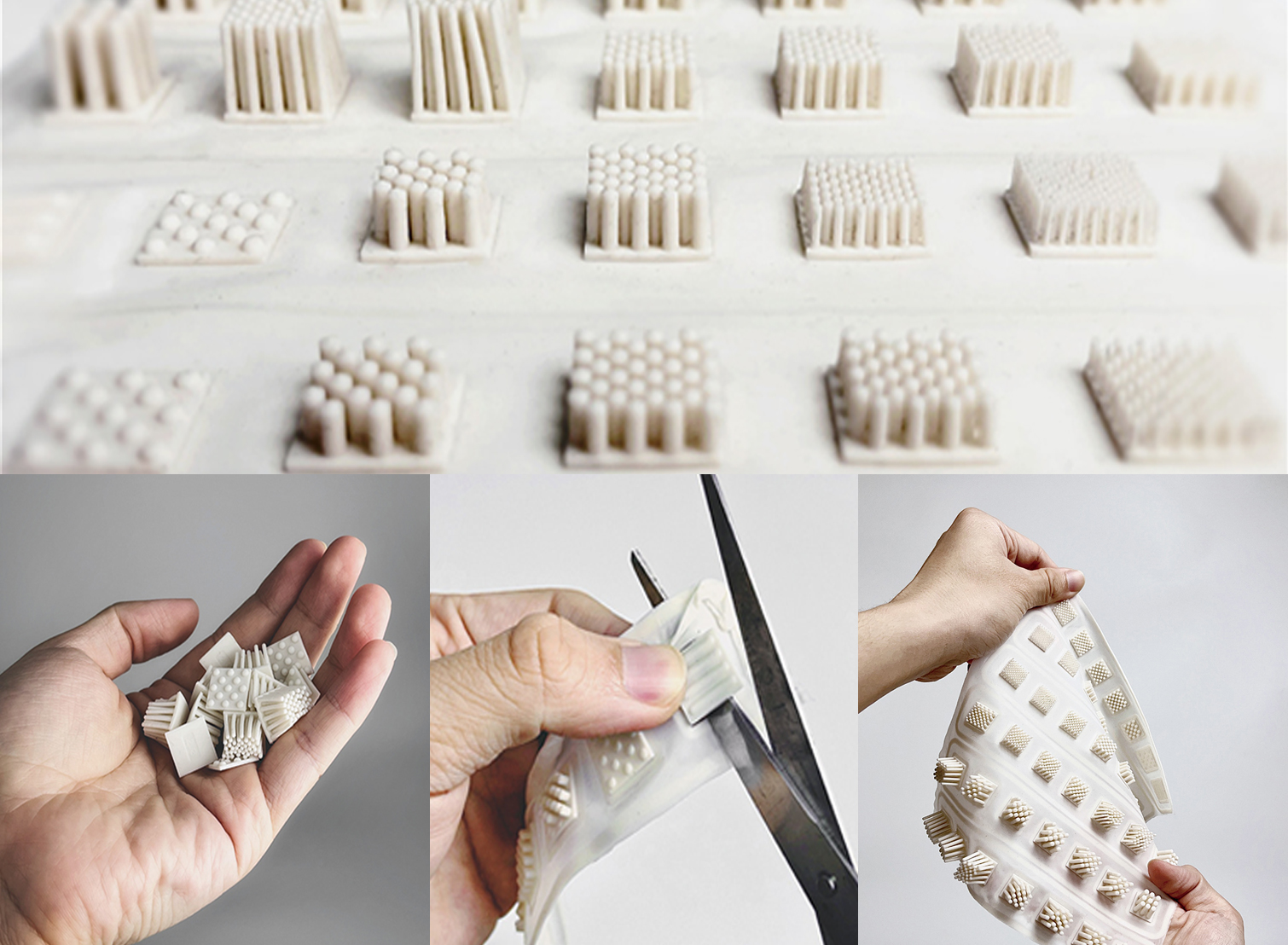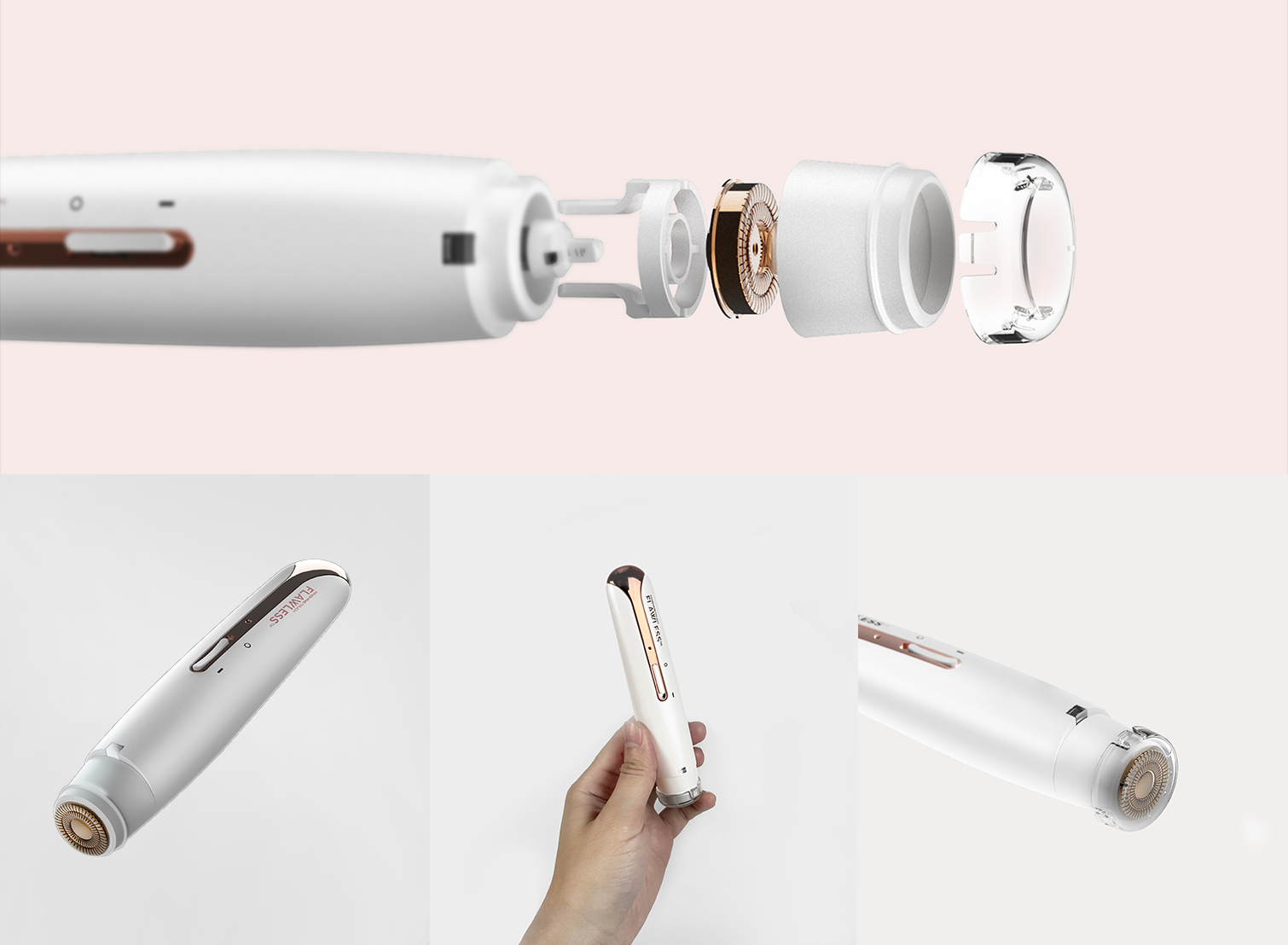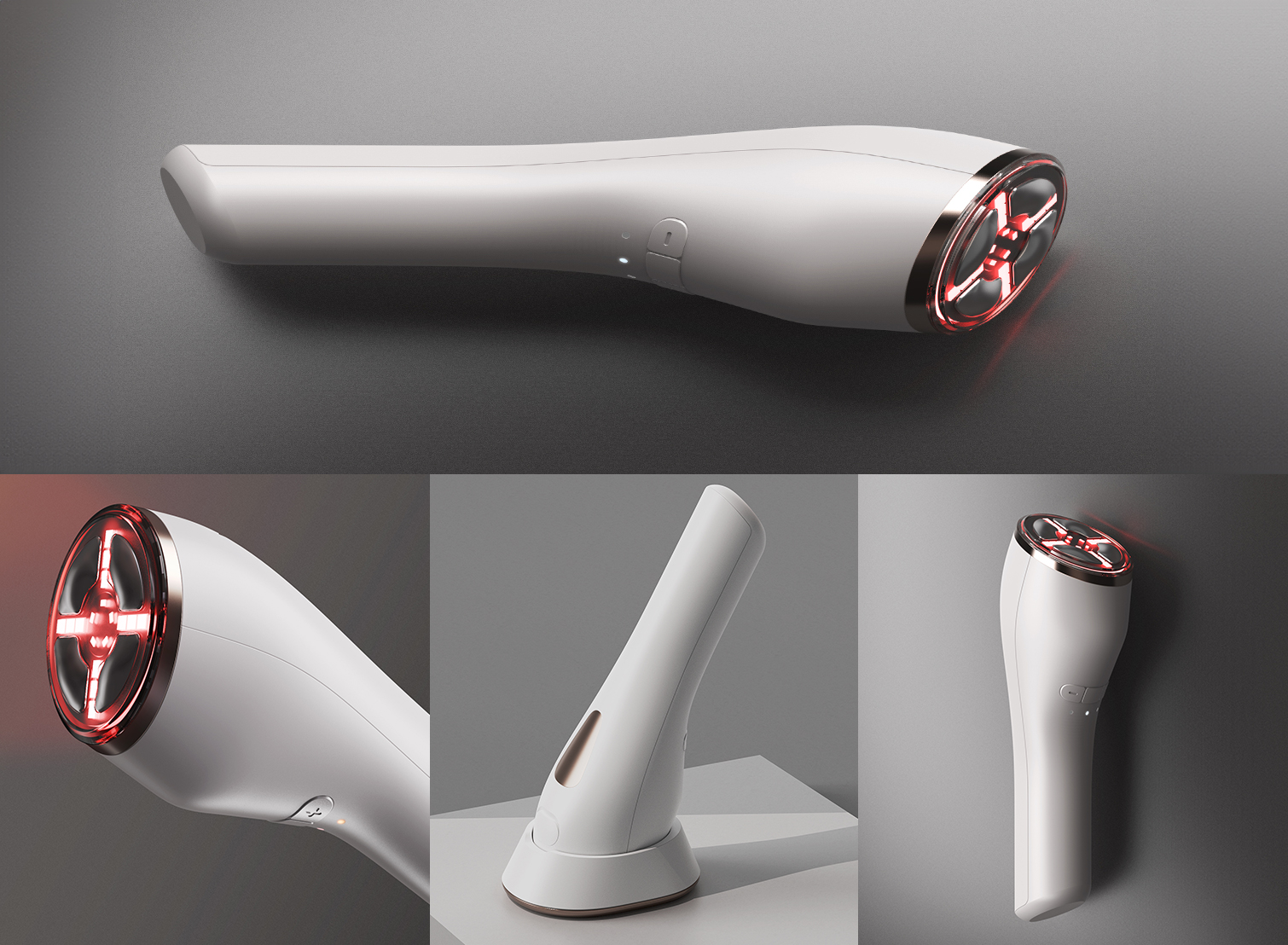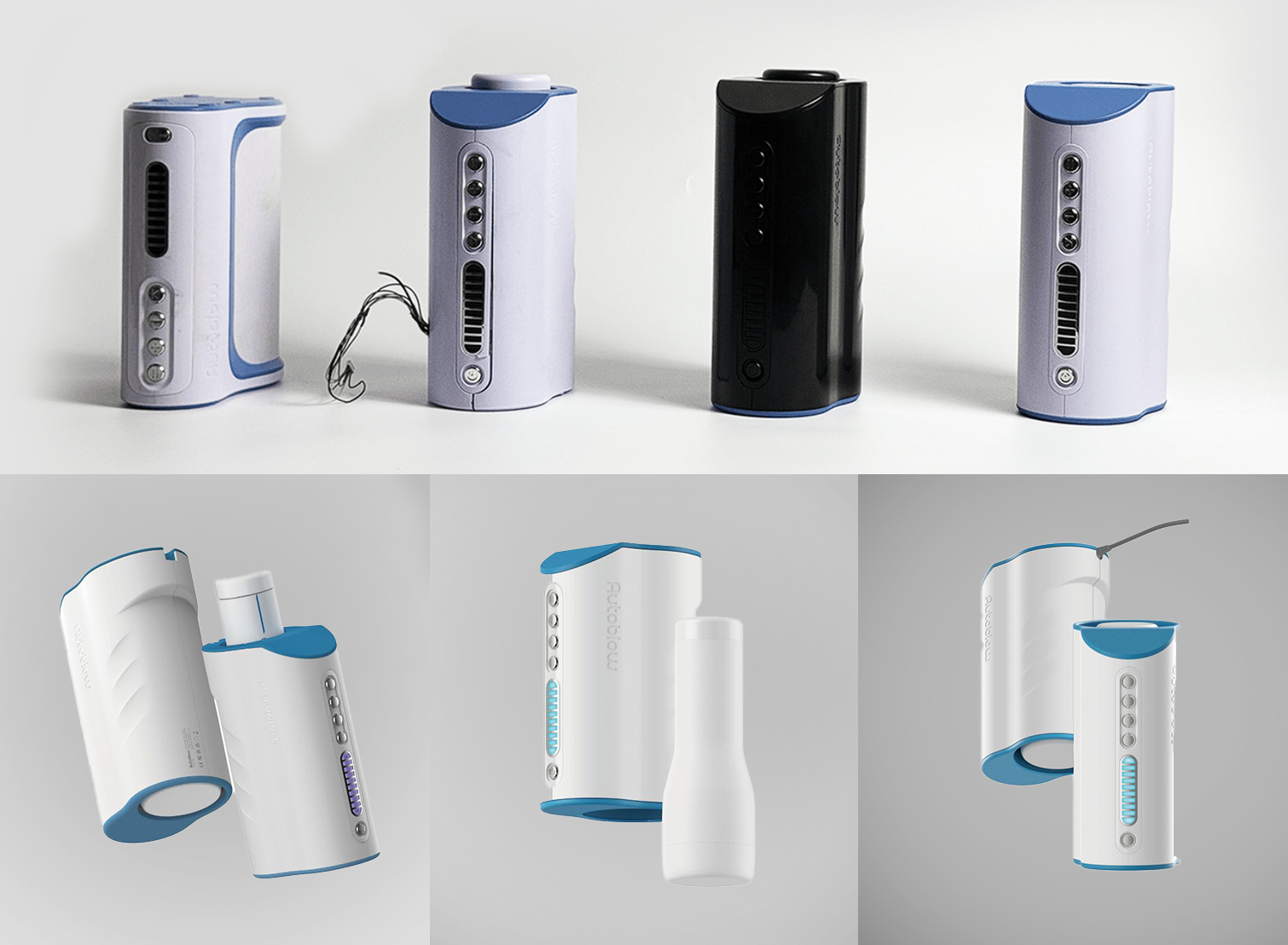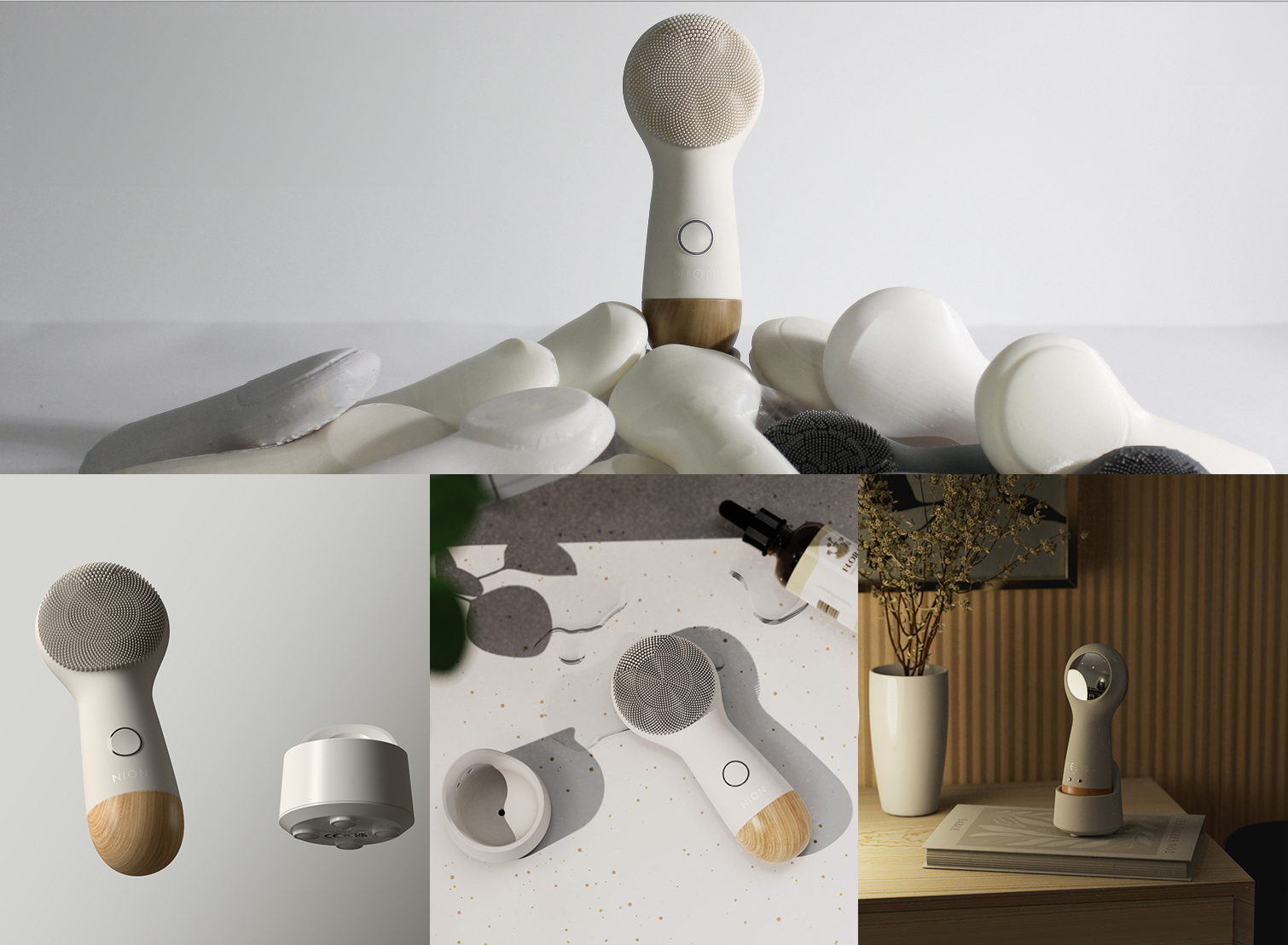Choosing the right manufacturing process for your invention can feel overwhelming. With so many options available, from 3D printing to injection molding, it’s easy to get lost in the technical details. But making the right choice is essential—it directly impacts the quality, cost, and scalability of your product.
Every invention is unique, which means there’s no one-size-fits-all solution when it comes to manufacturing. Whether you’re creating a small batch for testing the market or preparing for large-scale production, understanding the key factors and processes is crucial to getting it right.
In this article, we’ll break down everything you need to know about selecting the best manufacturing method for your product. From evaluating your design and materials to balancing costs and lead times, we’ll help you navigate the process with confidence.
What Are the Different Types of Manufacturing Processes?

Manufacturing processes transform raw materials into finished products and play a critical role in determining cost, quality, and efficiency. Choosing the right process depends on factors like product design, material, production volume, and budget.
Key manufacturing methods include:
- Injection Molding: Best for high-volume plastic parts with low per-unit costs.
- CNC Machining: Ideal for precision and smaller production runs.
- 3D Printing: Great for prototypes and custom, low-volume items.
- Casting and Forging: Durable solutions for heavy industries like automotive.
Selecting the right process ensures cost-efficiency and product quality, setting your project up for success. Request a demo today with Valona to streamline your manufacturing strategy with expert insights.
Why Choosing the Right Manufacturing Process Matters
Selecting the right manufacturing process is fundamental to producing high-quality products efficiently and cost-effectively. A well-matched process minimizes waste, controls costs, and ensures timely production. Here’s why it matters:
- Product Quality Assurance: The manufacturing process directly impacts the precision, durability, and overall quality of your product, ensuring it meets customer expectations.
- Cost Optimization: Using the right process reduces material waste and operational inefficiencies, keeping production costs manageable.
- Timely Production: Aligning the process with production needs ensures smoother workflows and shorter timelines, helping you meet deadlines and avoid delays.
In short, the right manufacturing process is the backbone of a successful production strategy, balancing quality, cost, and efficiency to achieve your goals.
Factors to Consider When Choosing a Manufacturing Process
1. Product Design and Complexity
Product design and complexity influence which manufacturing processes can deliver optimal results for your product. Selecting the right method ensures efficient and precise production.
- Complex designs may require advanced techniques like CNC machining or 3D printing.
- Simpler designs can reduce manufacturing time and costs.
- Materials and design intricacies should align with the chosen process.
Start by evaluating your product’s size, shape, and detailed features. Streamlining the design can lower costs while maintaining functionality. Choosing the right process based on design complexity ensures smooth production and high-quality results.
2. Material Selection
Material selection is crucial for compatibility with manufacturing processes and achieving desired product performance. The right materials ensure durability, cost-effectiveness, and production efficiency.
- Match material properties, like strength or flexibility, to process requirements.
- R.euse materials for cost savings and sustainability.
- Consider availability and sourcing costs when selecting materials.
Start by identifying the functional requirements of your product and consulting manufacturers for material compatibility. Choosing materials that balance performance and cost can improve quality while meeting budget constraints.
3. Production Volume
Production volume significantly affects manufacturing costs and method selection. Matching volume needs to the right process ensures cost-efficiency and scalability.
- Low-volume production suits methods like 3D printing or vacuum casting.
- High-volume production benefits from injection molding or die casting.
- Mid-volume needs may require versatile processes like CNC machining.
Start by estimating your production quantities based on demand forecasts. Use cost-efficient methods for large-scale runs and flexible techniques for smaller batches. Scaling production with the right process minimizes waste and optimizes costs.
4. Cost Constraints
Cost constraints impact process choices, influencing tooling, labor, and material expenses. Managing costs effectively ensures profitability and competitive pricing.
- Injection molding offers low per-unit costs for large runs but requires high initial investment.
- CNC machining balances precision and cost for small to medium batches.
- Co-manufacturing facilities reduce expenses for smaller production runs.
Start by assessing your budget for setup, tooling, and production. Opt for processes that align with your financial goals while maintaining quality. Strategic budgeting can prevent overspending and improve overall efficiency.
5. Lead Time
Lead time determines how quickly your product can reach the market, making it a critical factor for competitive success. Faster methods can accelerate prototyping and production.
- 3D printing shortens lead times for prototypes or small batches.
- Processes like die casting take longer but suit high-volume production.
- Streamlined designs and efficient planning minimize delays.
Start by setting realistic timelines and selecting manufacturing methods that meet your deadlines. Quick-turnaround options like 3D printing ensure faster market entry, while high-volume processes support long-term production goals.
6. Quality and Tolerance Requirements
Quality and tolerance levels dictate which manufacturing processes are suitable for meeting precision standards. High-quality production ensures customer satisfaction and product reliability.
- CNC machining delivers tight tolerances for critical components.
- Casting methods work well for standard tolerances and durable designs.
- Regular quality checks maintain consistency across production.
Start by defining your product’s quality standards and tolerance requirements. For precision needs, select processes like CNC machining. Balancing quality with production efficiency ensures dependable and market-ready products.
How to Evaluate Your Options
Create a Manufacturing Requirement Checklist
Creating a manufacturing requirement checklist ensures you stay organized and focused while evaluating your options. This tool is essential for aligning your production needs with the right processes and minimizing potential oversights.
- Include key factors such as budget, material compatibility, production volume, and desired timelines.
- Assess the feasibility of different methods against your checklist to ensure a good match.
- Prioritize elements that are non-negotiable for your product’s success.
Start by outlining your product’s specific requirements and comparing them across available manufacturing processes. This approach ensures you select a method that meets your goals effectively while staying within budget and constraints. A comprehensive checklist also simplifies communication with suppliers or manufacturers, helping you avoid delays and costly mistakes.
Test with Prototyping
Prototyping is an essential step in evaluating manufacturing options, allowing you to refine your design and address potential challenges before committing to full-scale production.
- Use methods like 3D printing or CNC machining for cost-effective and rapid prototyping.
- Test for functionality, durability, and design accuracy early in the process.
- Make iterative adjustments based on prototype feedback to optimize production readiness.
Start by creating a basic prototype to validate your design and identify any weaknesses. This step allows you to experiment with different manufacturing techniques and materials without incurring high costs. By testing prototypes, you gain insights that inform your final manufacturing decision, reducing risks and ensuring a polished end product.
Consult with Experts
Consulting experts can provide invaluable guidance when evaluating complex manufacturing options, ensuring your choices align with your product’s needs and market demands.
- Work with manufacturing consultants or engineers to analyze the pros and cons of various methods.
- Leverage platforms like Valona Intelligence to access real-time data and tailored insights on process optimization.
- Seek advice on industry best practices to minimize waste and improve efficiency.
Start by scheduling consultations with professionals experienced in your industry or product type. Their expertise can help you navigate potential pitfalls and identify opportunities to improve cost efficiency and production quality. Using tools like Valona Intelligence adds another layer of precision, empowering you to make data-driven decisions confidently.
What Are the Challenges in Choosing the Best Manufacturing Process
Balancing Cost and Quality
Balancing cost and quality is one of the most significant challenges in selecting a manufacturing process. Higher-quality methods often come with increased expenses, making it essential to strike the right balance.
- Premium processes like CNC machining ensure precision but may not be cost-effective for all projects.
- Cheaper methods might compromise durability or finish, affecting your product’s appeal.
- Prioritize your product’s critical features to determine where to allocate resources.
Start by evaluating the importance of quality for your target market and budget. Investing in higher-quality production methods for key product components while using cost-effective alternatives elsewhere can help you maintain both affordability and performance.
Staying Agile with Market Demand
Market dynamics can shift unexpectedly, requiring flexibility in your manufacturing process to adapt to changes in production volume.
- High-demand surges may require switching to processes like injection molding for scalability.
- Low-demand periods could favor small-batch methods like 3D printing.
- Stay informed about market trends to anticipate demand fluctuations.
Start by choosing a manufacturing process that offers room for adaptability, such as modular production lines or flexible suppliers. Being agile allows you to respond quickly, minimizing the risk of overproduction or stock shortages while maintaining cost efficiency.
Ensuring Scalability
Scalability is critical as your business grows, ensuring your manufacturing process can keep up with increased demand without sacrificing efficiency or quality.
- Processes like die casting or injection molding are ideal for high-volume production.
- Consider initial tooling costs as an investment in long-term scalability.
- Assess supplier capacity to ensure they can handle your projected growth.
Start by discussing scalability with potential manufacturers early in the decision-making process. Choose a method that supports your product’s growth trajectory while managing costs effectively. Planning for scalability from the beginning saves time and prevents logistical bottlenecks as your business expands.
Strategic Insights for Success
Selecting the right manufacturing process lays the foundation for your product’s success. By carefully evaluating your product’s design, materials, budget, and production needs, you can confidently choose a process that aligns with your goals.
Prototyping, consulting industry experts, and starting with small production runs are practical ways to identify challenges and refine your approach before scaling up. These steps ensure your manufacturing strategy is both cost-effective and aligned with market demand.
Ready to streamline your manufacturing process? Visit Gizmospring to explore expert solutions tailored to your product’s needs. Take the first step toward manufacturing success today!
FAQ
What factors should I consider when choosing a manufacturing process?
Consider your product’s design, material, production volume, budget, and quality requirements. Each factor impacts the cost, scalability, and efficiency of production. Align these elements with your goals to select the most suitable process.
How can prototyping help in selecting a manufacturing process?
Prototyping allows you to test designs, materials, and processes, identifying potential issues before full-scale production. It helps refine your product, save costs, and validate the feasibility of your chosen method.
What is the most cost-effective manufacturing process for high-volume production?
Injection molding is often the most cost-effective for high-volume production, offering low per-unit costs after initial tooling investments. It’s ideal for creating consistent plastic components at scale.
How can I ensure scalability in my manufacturing process?
Choose processes like injection molding or die casting for high-volume needs. Discuss scalability with manufacturers and assess their capacity to handle increased demand as your business grows.
What role do experts play in selecting a manufacturing process?
Experts provide tailored advice on processes, materials, and cost-efficiency. Consulting engineers or using platforms like Gizmospring ensures your decisions are data-driven and optimized for success.


